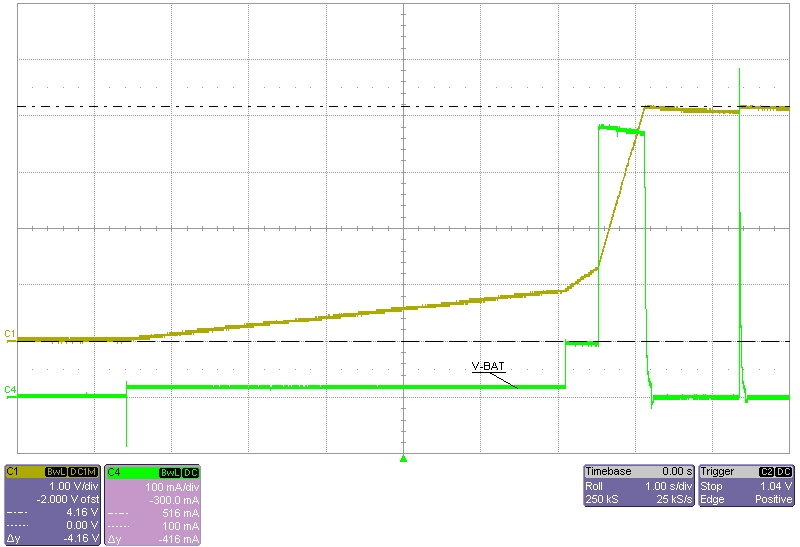Other Parts Discussed in Thread: TPS73801
Here's the scenario: I've got a circuit that uses BQ24090 to charge a a Lithium 18650 battery which in turn runs a circuit. We were using unprotected cells, and running them into the ground, recharging them, etc. Somebody pointed out that this was a bad strategy for long-term use because there was no circuit to prevent the batteries from discharging below 2V. As a result, we simply switched to "protected" batteries, using the Panasonic NCR18650B.
Charger seems OK, UNTIL you unplug the charger, and let the circuit discharge to where the voltage across the battery can be measured at 0V. You then let the whole thing sit for a few days and reconnect the charger. Now the output voltage of the charger measures 0.670V. If I remove the battery, I see the same 0.670V across the battery terminals. Pre resistor is at 9.1k, iSET resistor is at 576. These values were chosen because even during pre-charge there may be a significant load on the circuit and we are less concerned with the pre-charge optimization than with being able to charge at all.
Any idea what could be causing this part to fail?


